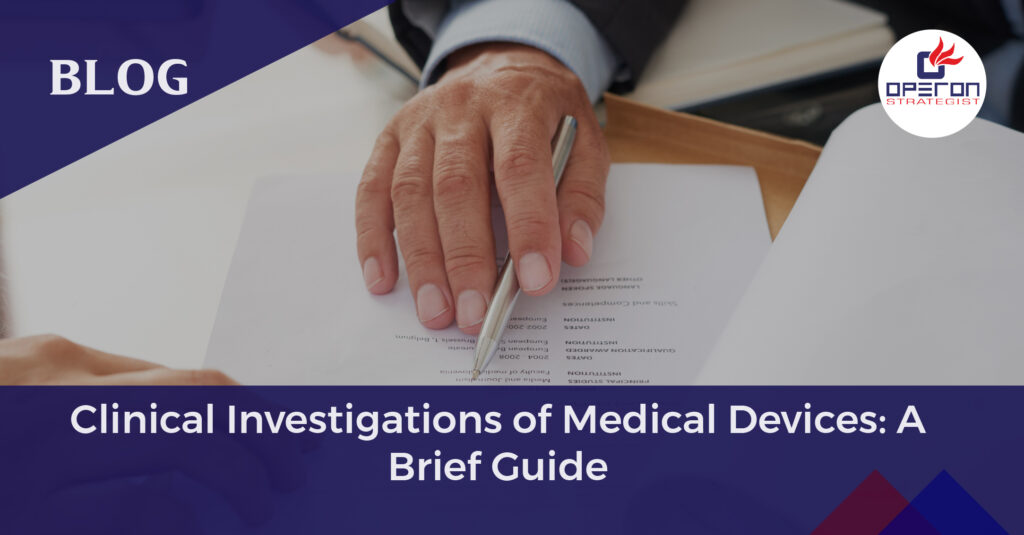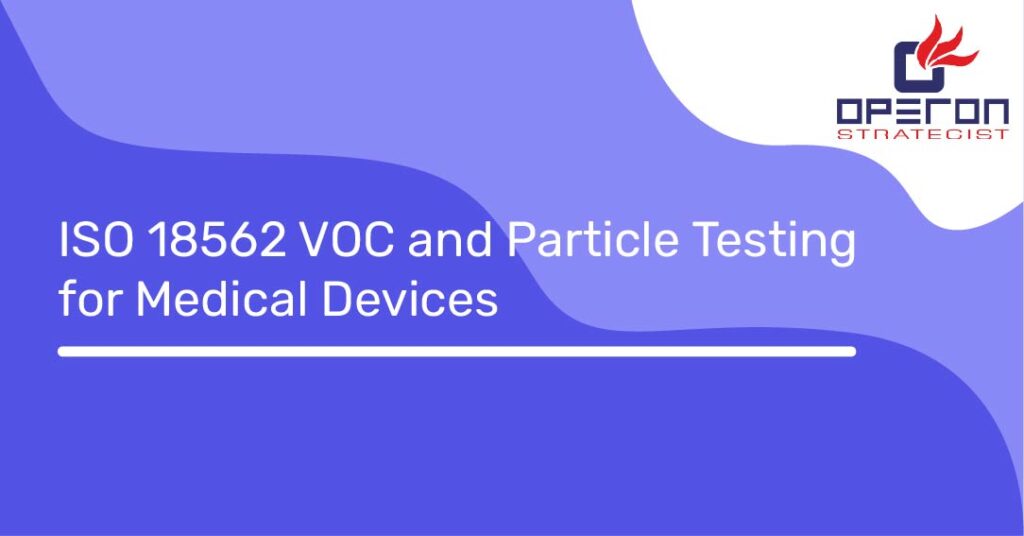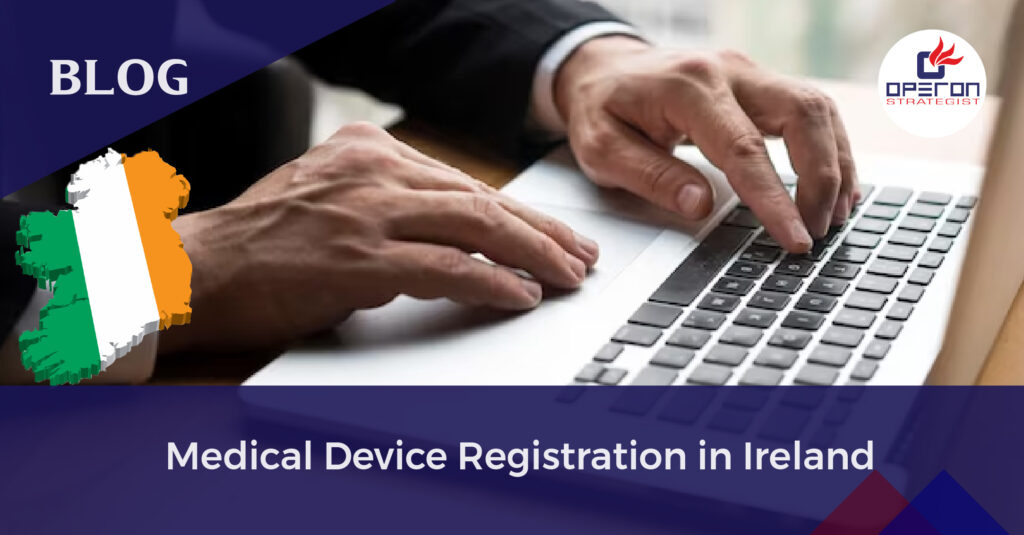Any investigation aiming to verify the clinical performance, clinical benefit, clinical safety and/or any undesirable side effects of a medical device is considered a clinical investigation of that device. It is One of the time and resource intensive challenges that manufacturers of medical devices may face.
Clinical investigation is defined as any systematic investigation involving one or more human subjects, undertaken to assess the safety or performance of a device. It is considered as mandatory requirement when sufficient clinical evidence cannot be generated through available testing data or literatures. These are necessary when medical device manufacturer wish to get access to the regulated markets like Europe (CE Marking), as well as India (Manufacturing/Import License).
As per Indian MDR 2017, clinical investigation needs to be conducted for all new/investigational devices and those devices for which predicate device is not available. It is applicable both for Manufacturing and Import License which are mandatory regulatory documents to market the medical device in Indian Market.
As per the EU Medical Device Regulation (EU MDR), a clinical investigation is a necessary for Class III or Class IIb implantable medical devices and is a part of a clinical evaluation report which is a mandatory requirement to obtain a CE Marking. It is necessary to market Medical Devices in the EU.
Various designs of clinical investigation are described in ISO 14155: Clinical investigation of medical devices for human subjects — Good clinical practice. This can be considered as a reference standard to plan and conduct clinical investigations. For CE marking, additional regulatory requirements from EU MDR 2017/745 and MED DEV 2.7/4 needs to be considered.
Manufacturers should make sure that the clinical investigation’s purpose is transparent, and that every relevant regulation, international standards, and applicable regulations have been identified. All the related regulatory requirements must be fulfilled before the study begins. And everyone involved in the study needs to be aware of their responsibilities, and ready with a well-structured Clinical Investigation Plan (CIP).
What Is the Purpose of Clinical Investigation With Medical Devices?
Clinical investigation is needed for several different reasons like
- To meet specific regulatory requirements
- For investigational medical device
- To conduct premarket clinical investigation as part of the clinical evaluation, or a post market clinical follow up (PMCF) investigation as part of post market surveillance (PMS) activities.
Looking for Regulatory Consultant?
How Clinical Investigation and Clinical Evaluation are connected?
Clinical investigation is a process of creating clinical evidence which becomes a part of clinical evaluation. Though the purpose of both is to demonstrate clinical performance, clinical benefit, clinical safety, and/or any undesirable side effects of a medical device, both the terms and methods to conduct the same are different.
A clinical investigation is a clinical study conducted on human subjects to demonstrate the clinical effectiveness and safety of medical devices, whereas clinical evaluation is a theoretical and scientific review and appraisal of existing data from a variety of clinical data sources, with no direct involvement of human beings.
To summarize, clinical investigation and clinical evaluation are both significant for regulatory approvals of medical devices. And both collectively can be utilized to demonstrate clinical performance, safety, and clinical benefit of the medical device under consideration for regulatory approvals to gain access in respective markets. Unlike a clinical investigation, the clinical evaluation process serves a much broader purpose.
What Are the Essential Documents Generated for Clinical Investigation of Medical Devices?
- The clinical investigation plan (CIP):
The CIP must be created in a way that maximizes the scientific validity and reproducibility of the results of the investigation to achieve the investigation’s purpose.
It should have below components but not limited to;
- Study rationale,
- Study objectives,
- Study design methodology,
- Study monitoring,
- Study method and conduct,
- Record-keeping
- Method of analysis for the clinical investigation.
If part of this information is submitted in a separate document, it shall be referenced in the CIP.
2. The clinical investigation report (CIR): includes a critical evaluation of all the data gathered during the clinical investigation study.
It should have below components but not limited to;
- Clinical investigation background
- Outcome measures
- Clinical investigation conduct
- Clinical investigation subjects
- Deviations and amendments
If part of this information is submitted in a separate document, it shall be referenced in the CIR.
CIR should cover all results from the investigation considering the subject’s demographic analysis of results with respect to chosen endpoints, details of subgroup analysis, compliance with the CIP, and follow-up of missing data.
Discussion and general conclusions with respect to performance and safety results, risk assessment and clinical benefits, clinical relevance in the context of current clinical expertise, any special safety precautions for subject populations, implications for the investigational device, and investigational limitations.
Operon Strategist is the leading medical device regulatory consultant in India, Providing clients with an array of services like turnkey consultation, system implementation, training, licensing, regulatory approvals, and certifications. We are also a medical device regulatory consultant and assist in CDSCO medical device registration. Contact us for further details.

-
Operon Strategisthttps://operonstrategist.com/author/snehal/
-
Operon Strategisthttps://operonstrategist.com/author/snehal/
-
Operon Strategisthttps://operonstrategist.com/author/snehal/
-
Operon Strategisthttps://operonstrategist.com/author/snehal/




